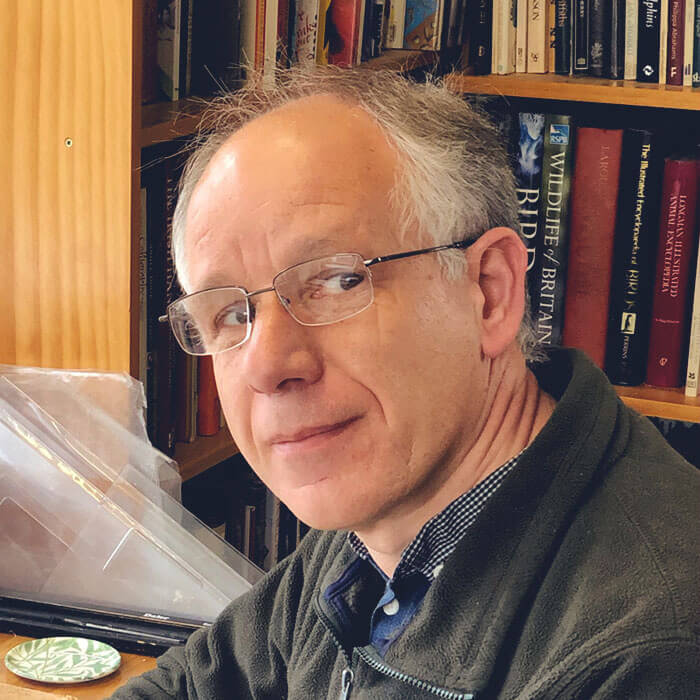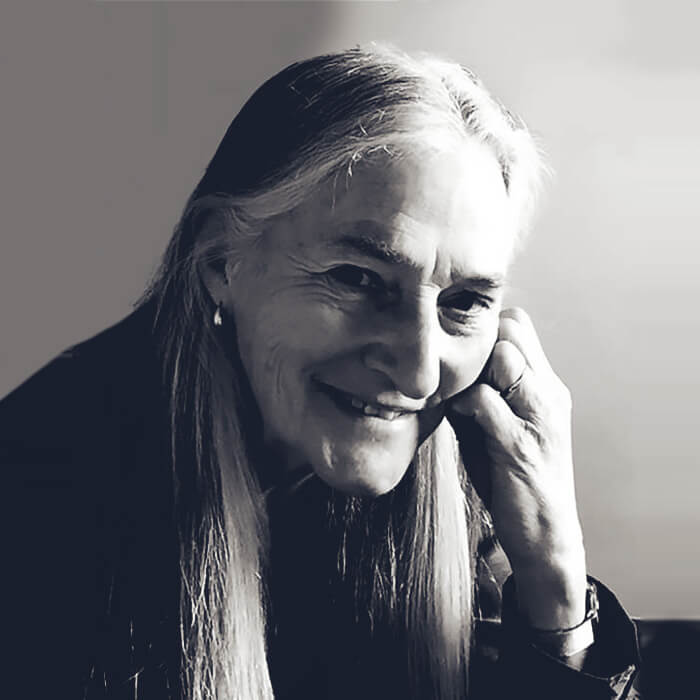Meet the Maker: John Bergdahl
To commemorate the coronation of His Majesty King Charles III, we are releasing a collection of coins, featuring three new reverse designs and a Coronation Sovereign.
One of the three designs will appear across coins with a variety of denominations and is the work of John Bergdahl. An experienced coinage artist who has created several designs for UK coins and medals, John Bergdahl’s work for The Royal Mint includes a commemorative equestrian portrait of Her Late Majesty Queen Elizabeth II in honour of the monarch’s Platinum Jubilee in 2022.
We sat down with the artist to find out more about his creative process and the inspiration behind his design.

After receiving the submission invite, what were you most looking forward to about this project?
“As with all such projects that involve the members of the Royal Family, I look forward to my work being seen and appreciated at the highest levels of society.”
How did it feel when you found out that your design had been chosen to feature on the coin?
“I felt a degree of satisfaction and pride, mixed with a certain amount of trepidation in that it was a very detailed design that would require a good deal of very careful work in the modelling stage.”
Do you have any personal connections to the subject matter?
“The only personal connection that I have is that I have produced a number of coins celebrating royal occasions over the past few years.”
How did you approach the initial design concept?
“As is the case with many of the coins that I have designed for royal occasions, I looked to the past for my inspiration. In this instance, I looked at the style of decoration prevalent during the reign of Charles I.”
Did you undertake any research for the theme?
“Thankfully, over the years, I have amassed a quite large library of books that feature heraldry and decorative design through the ages. I have also worked in the antique trade as a restorer for many years, so I have a fairly wide knowledge of the subject.”
Could you talk us through any iterations that led you to the final design?
“The process I use during the design stage is in itself one of iteration. I begin by sketching out my initial design on tracing paper, then by a process of overlaying more sheets of tracing I can manipulate and rearrange the content until I am satisfied with the finished result. At this point I transfer the finished image to card for presentation.”

Were there any challenges you faced in creating the design?
“Only the usual challenges of satisfying myself that I have done all I can and meeting the deadlines set by The Royal Mint.”
What was your journey to becoming a designer?
“My education was very basic. I left school at 15 and after trying my hand at a number of jobs set out to find an apprenticeship as an engraver. However, I felt that I was not going to get very far pursuing that career in a small rural town like Ipswich, so I ran away from home shortly after my 16th birthday.”
“After lying about my age, I secured a job in the most prestigious engraving firm in the country above Asprey’s in Bond Street. Later, I joined John Pinches, the London-based mint that later became part of the Franklin Mint. In short, I learned what little I know by watching over other people’s shoulders and bluffing my way through.”
Which artists or art movements inspire you?
“The surrealists and the pre-Raphaelites, neither of which are much use when you’re designing traditional coins and medals!”
Is there a coin that you would love to design in the future?
“I would very much like to design a coin or medal to celebrate the life of Sir David Attenborough.”



